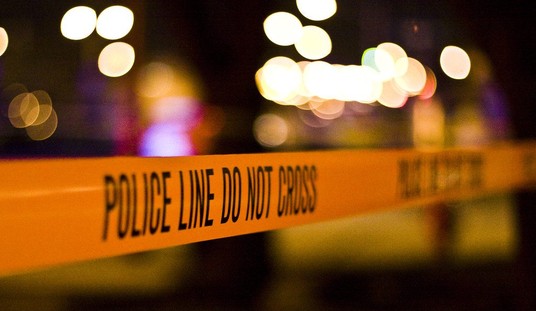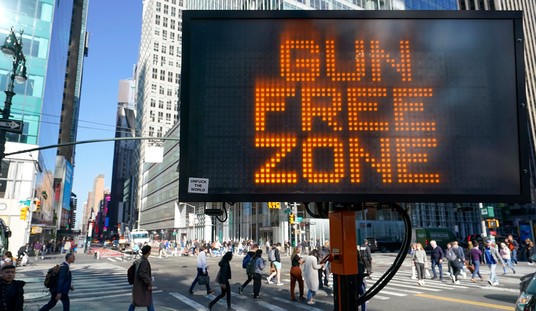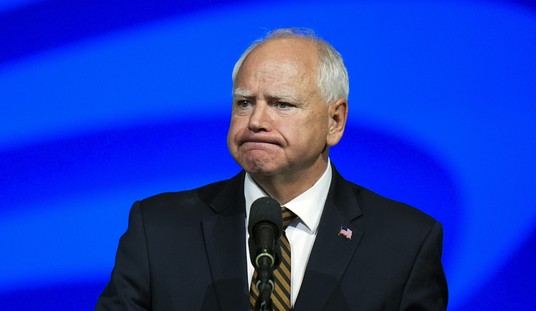As a Second Amendment supporter, I tend to believe that the answers to solving the issue of violence in our inner cities aren’t gun control. Obviously, I’m biased to a significant degree, but my bias is based on observation. After all, look at the 10 safest states and the 10 most dangerous states. You have gun-controlled states in both lists and you have gun-friendly states in both lists as well.
That suggests the issue is a bit more complicated than something that can be solved with a simplistic answer like gun control.
However, it also seems that popular gun violence reduction programs aren’t producing the long-term results proponents hope for.
In 2018, Portland started to rethink how it addresses gun violence. The police bureau sent representatives to Oakland, California, to observe Ceasefire, that city’s gun violence prevention program. Oakland’s program, which targets social services at people most likely to commit violence, is credited with dramatically reducing Bay Area gun violence.
“That is something that we’re using as a foundation to try to build something similar to that here in Portland,” Shearer said in an interview with Guns & America.
Cities across the country — from Baltimore to South Bend, Indiana and Stockton, California — have adopted similar models. And while these programs often have an impact in the year or two after launch, long-term reductions in gun violence can be fleeting.
Ceasefire is based on the idea that even in cities with high homicide rates, the number of people committing acts of violence is actually very low.
“About 70% of all gun violence includes people who are in their 20s to early 30s who has significant criminal justice histories, seven or more arrests, who are part of some sort of crew or clique or gang,” said David Muhammad, executive director of the National Institute for Criminal Justice Reform, a nonprofit that helps cities implement gun violence reduction programs like Oakland’s.
Typically, Muhammad says, people who commit gun violence have been victims of gun violence themselves, or someone close to them has been a recent victim. Intervene with this small group directly by providing social services or an alternative to violence, the theory goes, and you can have a major impact on gun violence. At least in the short term.
“Ceasefire is about immediately reducing gun violence,” Muhammad said. “And the type of community transformation that is desperately needed is a very long-term prospect.”
Now, this approach actually makes a fair bit of sense. You target people who are most likely to end up committing violent crimes and offer them alternatives to the kind of lifestyle. The idea is to stop violence at its source.
It should work, right?
Well, it has and it hasn’t. Maybe.
The problem is that it’s hard to see any long-term results from these programs. It doesn’t help that some communities stop funding the program once violence decreases, thus allowing it to flourish once again.
To me, that suggests the solution isn’t really a solution, but a band-aid. It’s not really getting to the root of the problem, it’s simply hiding the problem like a toupe.
In some cases, though, it doesn’t even do that.
Elsewhere in the country, in city after city, declines in the near term evaporated over time.
In 2014, the first-year South Bend had a program in place, homicides dropped from 78 to 66. The next year, that number ticked back up to 85, down to 81 in 2016 and in 2017 was over 100.
Detroit, where city leaders have credited Ceasefire with reducing violent crime, started rolling out its program to police precincts in 2015. That year it had 295 homicides. Since then homicides have bounced up to 302, down to 261, and back up to 272, according to FBI data. Meanwhile, the city’s population shrank by 1%, according to U.S. Census Bureau data.
Those aren’t the other places, either. Stockton, CA has been heralded as a success after the program did wonders there. Then they cut off funding and the number of murders returned. Now, the average number of homicides is pretty much right were it was to begin with.
So what gives?
Clearly, there are a lot of theories, some of which are going to be dismissed by many typical Bearing Arms readers outright. I know I rolled my eyes when I read this:
“The whole approach is, ‘This is a problem person,’” said Aaron Roussell, an associate professor of sociology at Portland State University. “Not ‘We have systematically and intentionally underfunded these communities and we refuse to deal with issues of race and classism that actually keep these places marginalized.’”
…
But Roussell said the focus on data can distract from deeper societal issues that cause violence in the first place.
“It’s a weird idea that you just want less crime in poor neighborhoods,” he said. “They don’t want to change anything else about the world, but you want to just bring that down. Because it’s basically a series of crimes that made those neighborhoods poor to begin with and we don’t ever deal with that.”
Roussell attributes many of those dips noted before as potentially being cyclical variations rather than evidence they worked.
Like I said, it’s hard not to eye-roll at this kind of thing, but Roussell may actually be onto something. These high-violence neighborhoods are typically places that most folks otherwise don’t care about. They wouldn’t care about them now if folks there would just behave. No one really does seem to care about changing anything else about those neighborhoods. They just want the crime to go away.
And yet, what do we do?
Programs like Ceasefire seek to address these neighborhoods and the individuals most likely to become violent criminals which should, by extension the neighborhoods in question. Yet it’s not working.
Roussell would seem to say that racism and classism are to blame, but I find that a simplistic answer yet again for a complex problem. Or, more specifically, adding a couple of complex issues as the cause for another complex issue is simplistic.
So what’s the answer?
I honestly don’t know. What I do know is that we need to figure it out because people are being killed and that’s being used to justify infringing on the civil liberties of others. That shouldn’t be tolerated by anyone, regardless of what neighborhoods they live in.








Join the conversation as a VIP Member